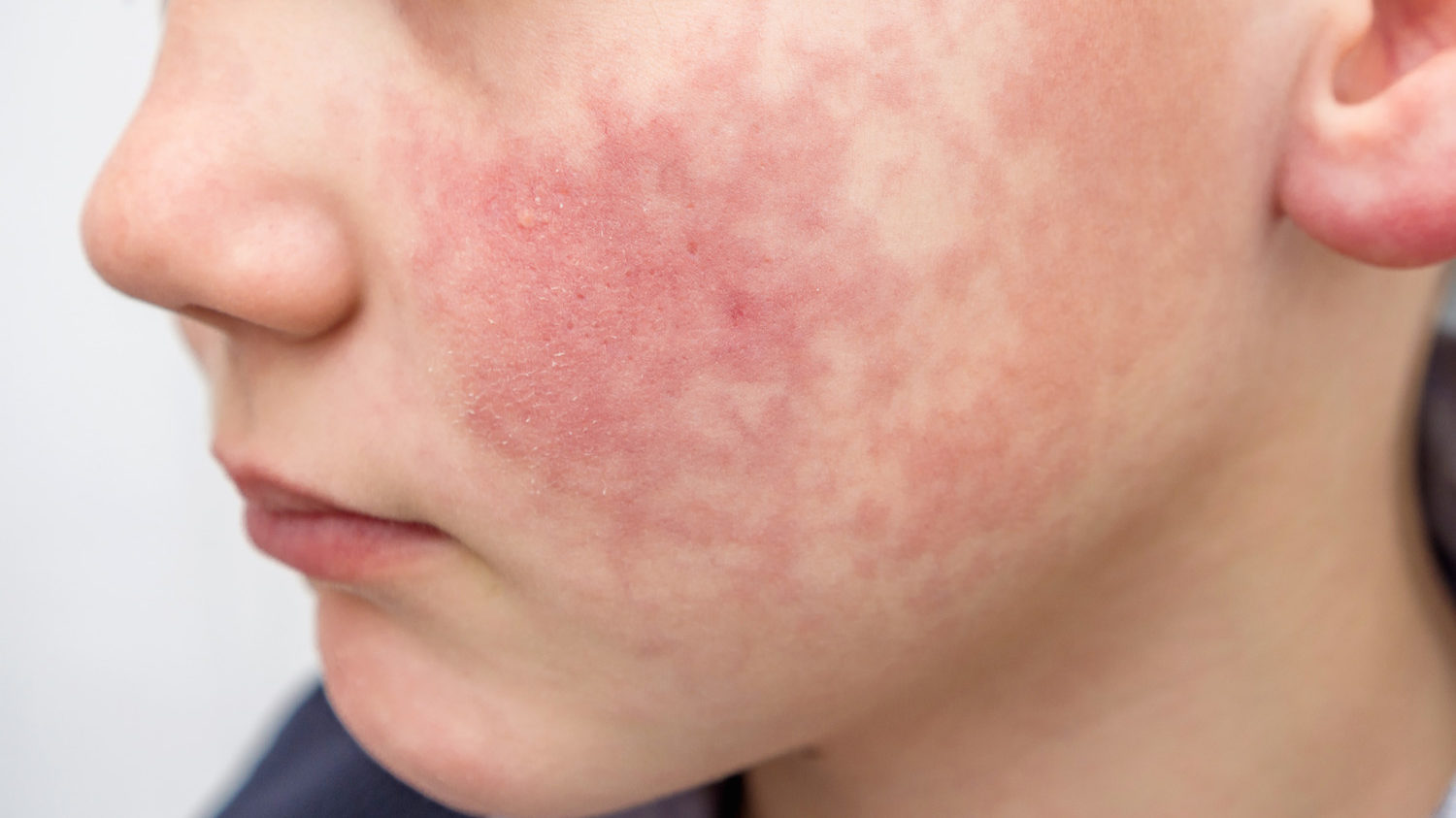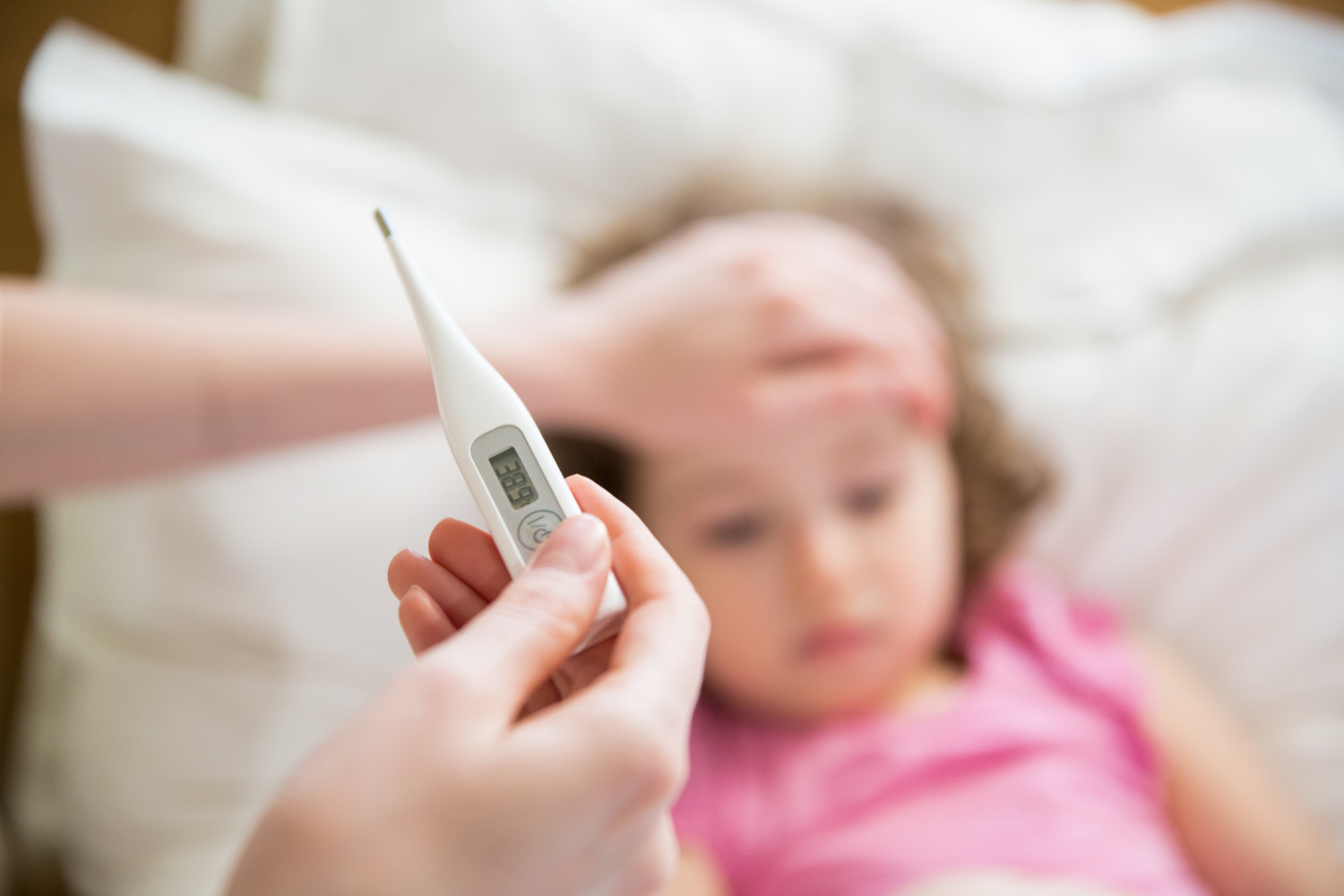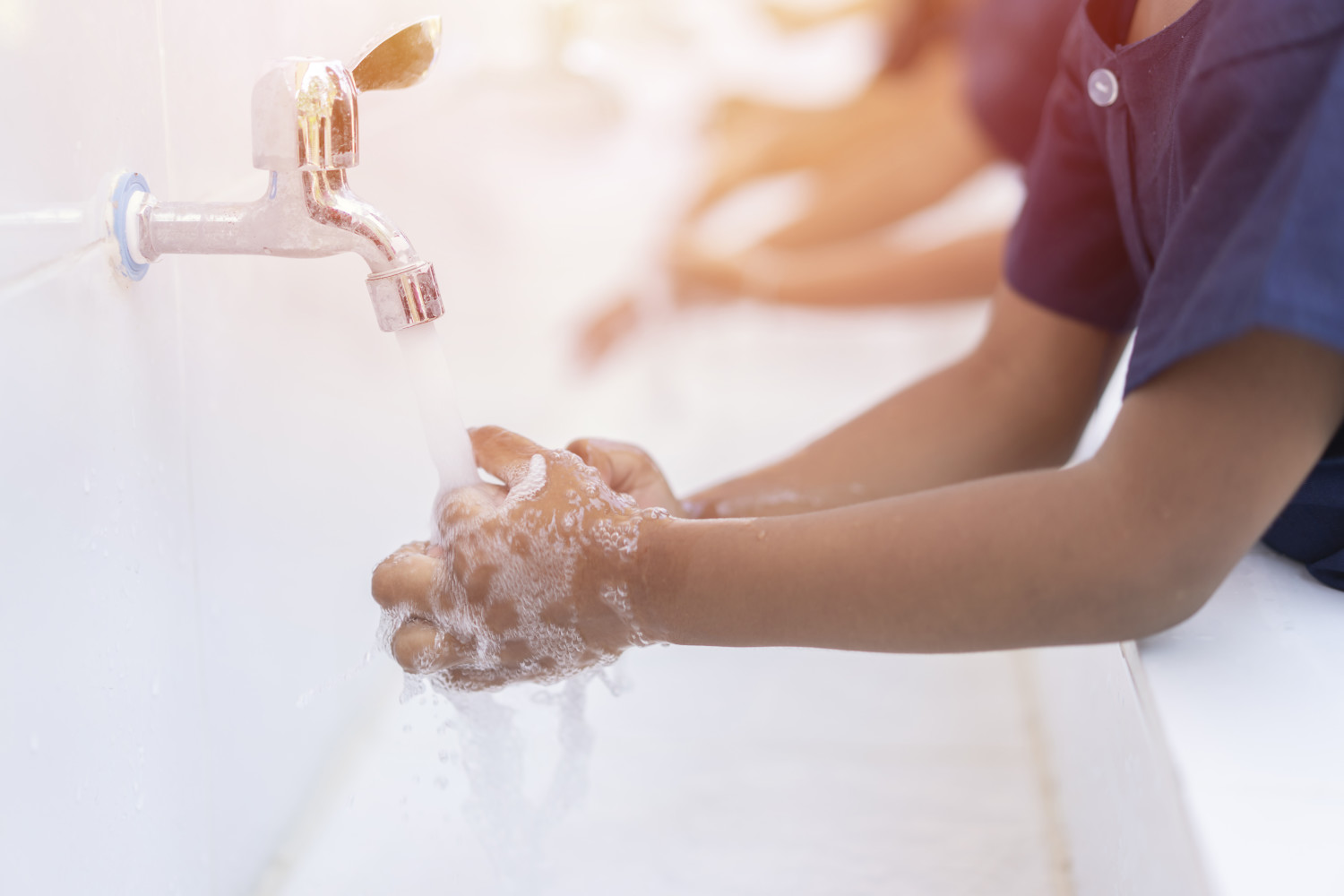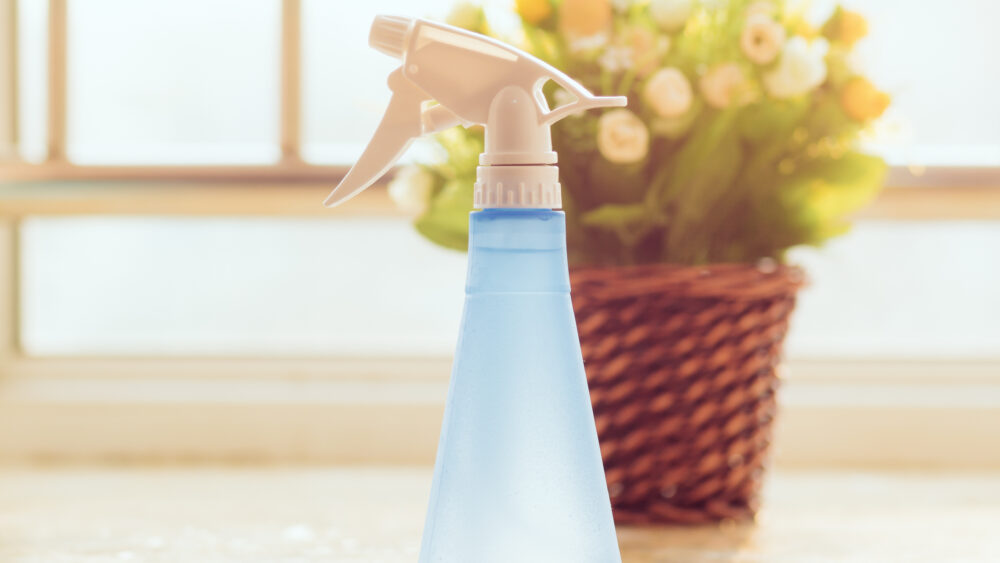Red cheeks on children could be a sign of a virus

As schools and daycare centers reopen, preventing the spread of coronavirus is certainly front of mind for many parents. But, even pre-COVID, parents were acutely aware of all the viruses and infections that commonly affect children, including colds, flu, pink eye infections and strep throat diagnoses.
But there’s one lesser-known condition that’s common among school-aged children called “fifth disease” that you may never have heard of and that often comes with a signature symptom: A bright red rash on the cheeks.
Fifth disease is contagious and easy to spread, although it is not a serious medical condition and it typically goes away with little treatment, according to the Cleveland Clinic. But it does cause some uncomfortable symptoms, including a raised, slap-like rash that shows up on the cheeks or body and that typically appears several days after the onset of flu-like symptoms.
Here’s what parents need to know about fifth disease, which is often referred to as “slapped cheek syndrome” because of the red rash that resembles a slapped cheek.
What Is Fifth Disease?
More common in children than adults, fifth disease is a mild rash illness that’s caused by parvovirus B19, which can spread through respiratory droplets or saliva when an infected person coughs or sneezes, according to the Centers for Disease Control and Prevention. It can also be spread by blood, as from a pregnant woman to her unborn child.
The disease’s name came about because it was fifth on a list of historical classifications of common skin rash illnesses in children. In addition to “slapped cheek” rash or syndrome, you may also hear the disease referred to as erythema infectiosum.
An individual gets sick with fifth disease typically within two weeks after becoming infected with parvovirus B19. After recovering from fifth disease, you develop immunity that health officials say generally protects you from parvovirus B19 infections in the future.
The bright red rash on the cheeks can spread to the body, arms and legs and typically lasts two to four days, according to a fact sheet from Cedars Sinai, a nonprofit academic medical center.
What Are Other Symptoms Of Fifth Disease?
About 1 in 5 people who get fifth disease don’t have any symptoms whatsoever, but the virus remains contagious. The disease most commonly starts with flu-like symptoms, and, during this period, it spreads most easily. The main symptoms of fifth disease include fatigue, headaches, low-grade fevers and a runny nose.
It may take several days after the onset of flu-like symptoms for the red rash to appear on an infected person’s face or body. Despite being a signature symptom of fifth disease, once the rash appears, you are no longer contagious.
Children and adults who have fifth disease can experience different symptoms. For example, about 10% of children with fifth disease will experience some joint pain and swelling. Meanwhile, about 80% of adults develop joint pain, commonly in the wrists, hands and knees, according to the Cleveland Clinic. While adults with the disease often have flu-like symptoms, many never develop the rashes.
How To Prevent And Treat Fifth Disease
The best way to prevent the spread of fifth disease is frequent handwashing with soap and warm water as well as covering your mouth or nose when coughing or sneezing, according to health officials at Cedars Sinai.
Typically, fifth disease is a mild illness and will go away on its own. In some cases, it may cause acute severe anemia in a child who has a weak immune system or sickle-cell disease.
Treatment may include medicine to reduce fever and discomfort, including an antihistamine to address the itchiness caused by a rash.







